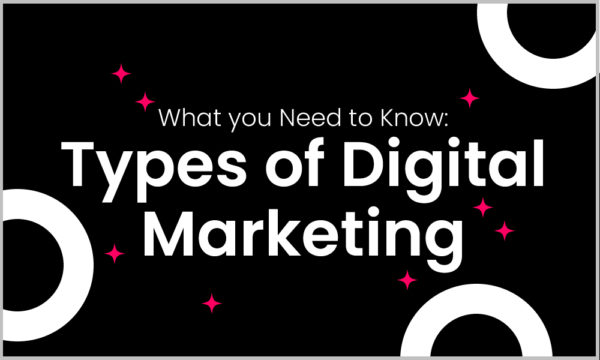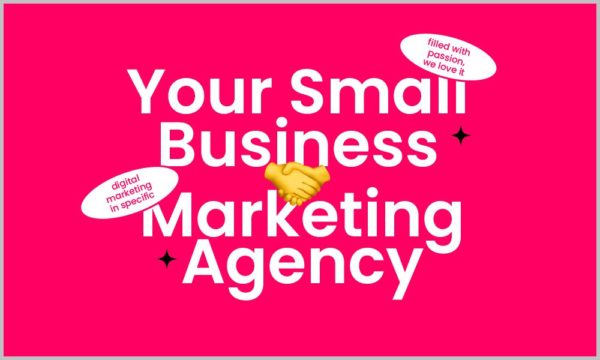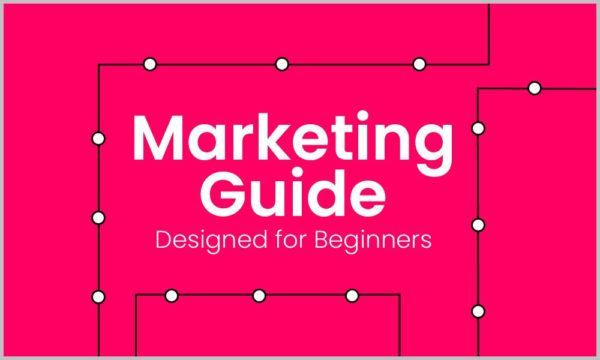When non-marketing practitioners hear the term “content marketing”, the first thing that most likely comes to mind has something to do with written content —blog articles, web pages, e-books, among others. Although text-based content rakes in engagement, there’s a certain appeal to visual content that instantly and more effectively draws people attention —even if the “65 percent of people are visual learners” statistic have already been debunked. Below, we list down five types of visual content you need to incorporate more in your content marketing strategy!
1. Images
According to marketer Jeff Bulas, adding images to articles can result in 94% more total views, in press releases, it’s 45%. With people’s attention spans getting shorter than ever, breaking up huge chunks of text with high-quality and relevant photos will surely entice the readers to finish browsing your written work. Although branded and original images are the best way to personalize your content, this can be quite costly for emerging businesses and time consuming for small teams. Thankfully there are online platforms such as Canva that allows you to create unique visuals free of charge, as well as Flickr and Pexels where you can download high-quality stock photos without spending a dime.
2. Videos
According to a Bite able survey, 68% of 694 respondents said that video content gave them a better return on investment than Google Ads. This comes to no surprise given that adding a clip to your landing page can boost conversions by a whopping 86%. Video content comes in different forms and with different purposes. Try adding explainer videos, client testimonials, product or service demonstrations, and even event recordings to the mix!
3. Memes
It’s impossible to miss a meme when you’re scrolling through social media, but where and when did they originate from? And who coined the term “meme” anyway? It turns out memes have been around even before the Internet existed. In 1976, evolutionary biologist Richard Dawkins defined meme as “an attempt to explain how ideas replicate, mutate, and evolve”. Two decades later, author Mike Godwin introduced the concept of Internet meme, characterizing it as a “hijacking of the original idea (that is Dawkin’s meme)”. Now, memes as we know it are usually images passed from one person to another, often with differing or evolving captions. This is a particularly easy form of content that you can use for your business granted that it fits your niche and your target is a younger demographic. Memes make your brand appear more relatable if used correctly!
4. Infographics
How do you position yourself as a subject expert with visual content? Simple — make infographics! This type of content is useful for educating customers and for sharing information. According to Hubspot, adding infographics can increase your website traffic by up to 12%. Keep in mind though that there’s more to infographics than just slapping numbers and charts on a plain background. Choosing the right colors, shapes, and fonts is crucial to making one, and you also have to ensure that your data is accurate.
5. Slideshows
If the information you want to discuss and share is too complex or too lengthy for an infographic, you can turn it into a presentation instead. The same rules apply —well-designed, flawless grammar, and reputable sources!
What visual content are you itching to explore for your business? Let us know below!



